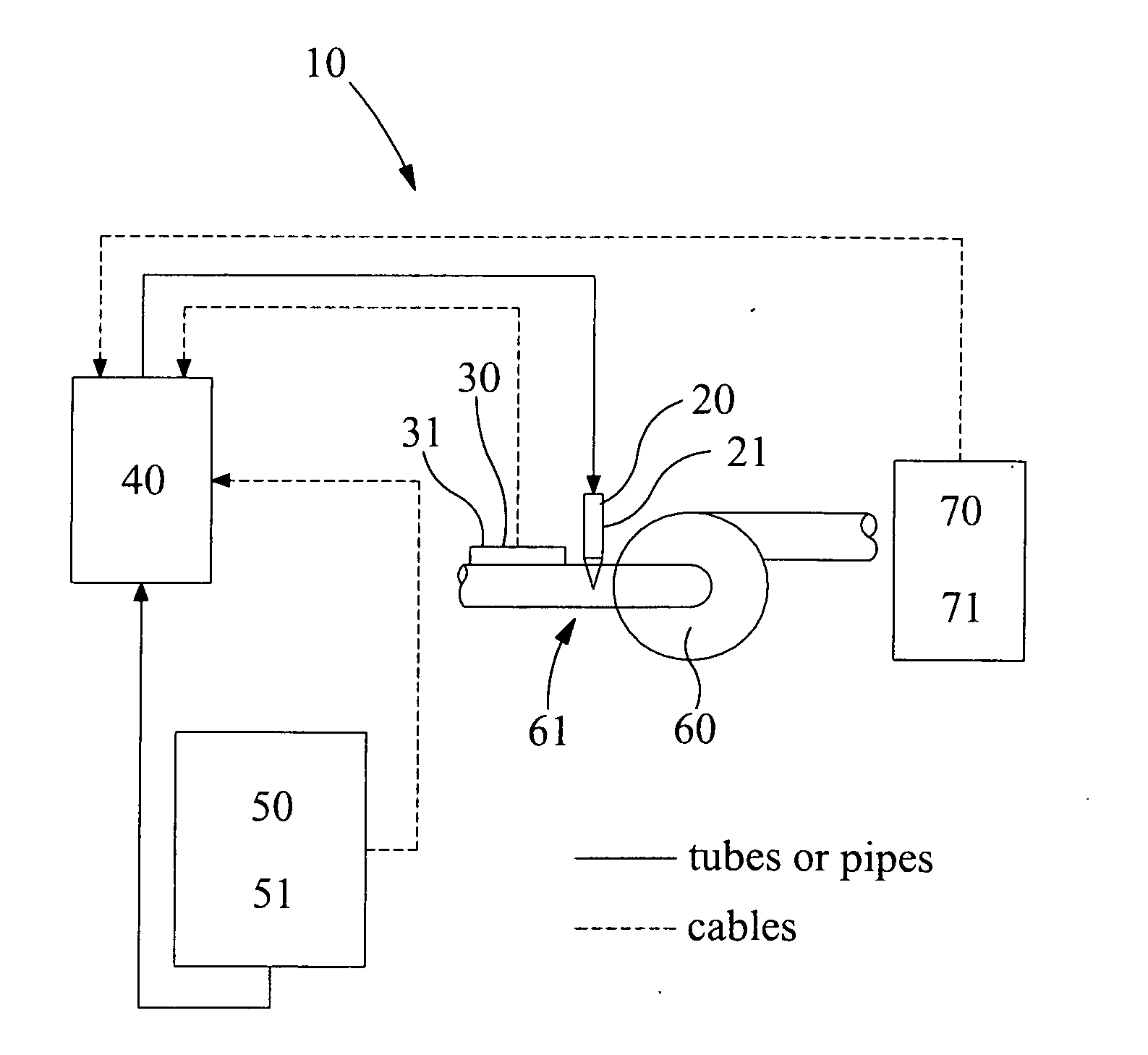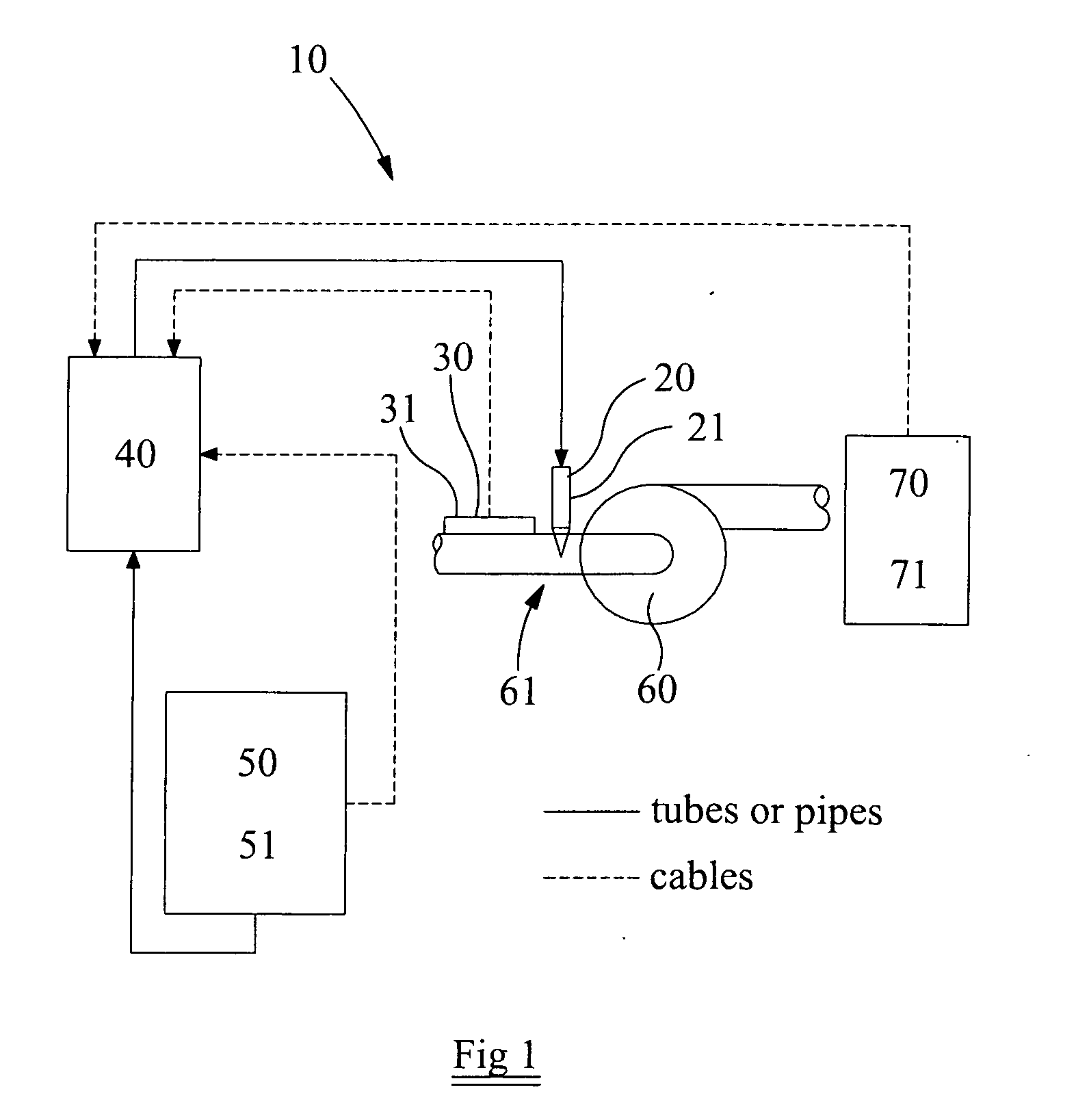Ballast Water Treatment System
a water treatment system and ballast technology, applied in the direction of filtration separation, climate sustainability, botany apparatus and processes, etc., can solve the problems of significant negative commercial and health effects, extinction of species and biotic homogenization worldwide, and technical difficulties remain
- Summary
- Abstract
- Description
- Claims
- Application Information
AI Technical Summary
Benefits of technology
Problems solved by technology
Method used
Image
Examples
Embodiment Construction
[0182]Methods and Materials
[0183]Sea samples were collected from Helensburgh (Scotland, UK) and the Largs area (Millport, Scotland, UK).
[0184]Initial screen of seawater sample prior to testing with various dyes revealed the following:
[0185]Zooplankton: Given the volume of water collected and sampled, low level of such was expected.
[0186]Phytoplankton: Samples for these can either be fixed in acidified Lugol's iodine or Formalin (10% solution). Alternatively, phytoplankton biomass can be assessed on basis of chlorophyll.
[0187]Bacteria: Method of direct involved using DAPI and counting under UV light. DAPI concentration used was 250 μg.mL−1.
[0188]Reagents
[0189]The following materials were obtained from Sigma Chemical Co.:[0190]ATP assay mix: lyophilized powder containing luciferase, luciferin, MgSO4, DTT, EDTA, BSA (bovine serum albumin), and tricine buffer salts;[0191]ATP Assay Mix Dilution Buffer: lyophilized powder containing MgSO4, DTT, EDTA, BSA, and tricine buffer salts;[0192]De...
PUM
| Property | Measurement | Unit |
|---|---|---|
| concentration | aaaaa | aaaaa |
| concentration | aaaaa | aaaaa |
| concentration | aaaaa | aaaaa |
Abstract
Description
Claims
Application Information
 Login to View More
Login to View More - R&D
- Intellectual Property
- Life Sciences
- Materials
- Tech Scout
- Unparalleled Data Quality
- Higher Quality Content
- 60% Fewer Hallucinations
Browse by: Latest US Patents, China's latest patents, Technical Efficacy Thesaurus, Application Domain, Technology Topic, Popular Technical Reports.
© 2025 PatSnap. All rights reserved.Legal|Privacy policy|Modern Slavery Act Transparency Statement|Sitemap|About US| Contact US: help@patsnap.com



